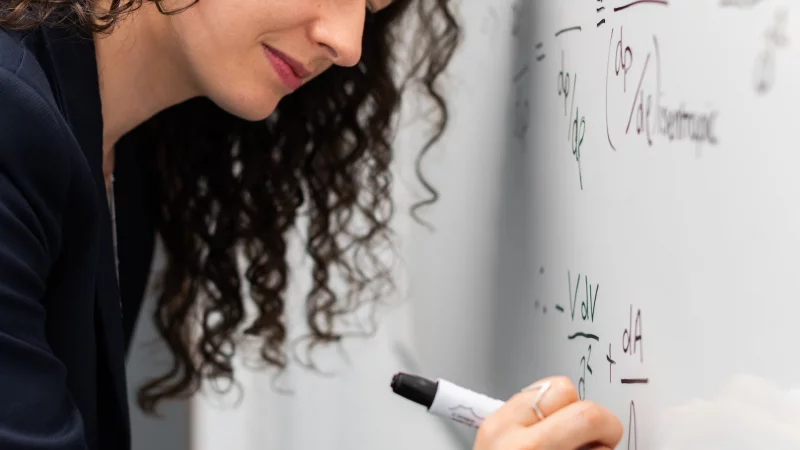
GMAT is the most commonly required aptitude test for admission to MBA and some Master’s programmes in business and management related fields of study. The exam is conducted in English, but is not a language proficiency test. Test takers solve maths problems, but the GMAT does not test the level of your maths knowledge.
“GMAT scores are a predictor of academic performance in the first year of a graduate management programme,”
explains the Graduate Management Admissions Council, which owns the test.
Through its four sections – Analytical Writing Assessment, Verbal, Quantitative and Integrated Reasoning, GMAT (quick facts here) checks your analytical, quantitative and critical thinking skills – a set needed both during your graduate management studies and for your post-graduation management career.
Find the school best equipped to boost your career now!
Obviously, you need to be fluent in English and have some maths knowledge. But at what level should your maths skills be?
GMAT Math
The Quantitative Section is one of the core sections of the test and, along with the Verbal section, makes up between 200 and 800 of your score. The Quant section has 37 questions, which you will have to solve in 75 minutes. Questions are of the multiple choice type – so you have four options to choose from and only one of them is correct. The GMAT has an additional mechanism to fine tune the assessment of your skills. It is a computer adaptive test (CAT). This means that if your answer is correct, the next question will be harder, but will carry a a higher score, and the opposite is also true. CAT is applied in the Verbal and Quantitative sections.
How to Do GMAT Math without really doing Math?
How much maths is there in the Quant section?
The Quant section has two sub-sections – Data Sufficiency and Problem Solving. For both you need a basic set of maths knowledge, skills, and formulas. In most educational systems in the world, most of the knowledge required for the GMAT is studied in secondary school.
You will need to refresh your knowledge of arithmetic, fractions, proportions, sets, equations and some geometry, types of figures and their elements, formulas for calculating perimeter, area, circumference, etc. You may recall from your school studies that you solved work problems, motion problems, mixture problems. You will need to work with transformations of money, length, volume, weight.
Do you remember how to solve:
3*x + 3 = 6
1*x – 12 1
or how to calculate the surface area of a cylinder, or the slope of a line?
Do you still remember the Pythagorean Theorem?
The two challenges with math for the GMAT
For most future GMAT test takers, the first challenge is that it has been years since they used most of the maths they studied in secondary school. So, they need really solid refreshing and practice.
The second challenge for non-native speakers of English is that they need to get used to the maths terminology used in English. This may sound like having to start studying maths from scratch.
As most MBA students share, the Quant section of the GMAT develops survival skills needed daily in the MBA classroom. Whatever it takes to master the GMAT, there is more good news – the skills developed through preparation for the test are transferable beyond business school.
Check out: What Does the GMAT Test?


Comments